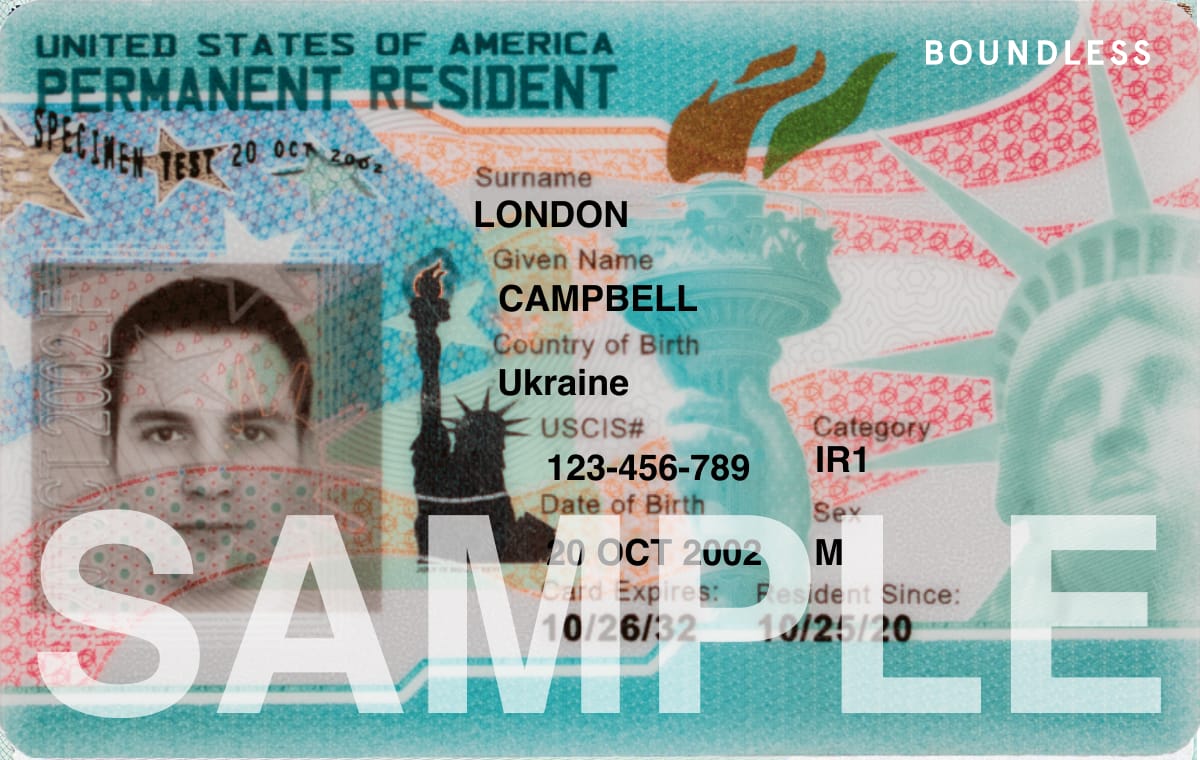When navigating U.S. immigration, understanding the difference between a conditional resident card and a permanent resident card is crucial. These terms may seem similar, but they represent different statuses with specific rules, benefits, and timelines. Whether you’re applying for residency yourself or assisting someone else, knowing the distinctions helps ensure a smoother immigration process.
What Is a Conditional Resident Card?
A conditional resident card, often called a CR1 or CR2 card, is issued to individuals who are granted permanent residency under specific conditions. The “conditions” refer to certain requirements that must be met within a two-year period to maintain residency. Most often, conditional residency is granted in cases involving marriage or entrepreneurial visas.
For example, if you marry a U.S. citizen or lawful permanent resident, you’ll likely receive a conditional green card valid for two years. This ensures that the marriage is genuine and not solely for immigration purposes. Similarly, entrepreneurs who immigrate through certain investment programs may be issued a conditional green card to verify the success of their ventures.
Key Features of Conditional Resident Cards:
- Validity Period – Conditional resident cards are valid for only two years. This temporary nature highlights the need to meet specific requirements before the expiration date.
- Removal of Conditions – To stay in the U.S. lawfully, you must apply to remove the conditions within 90 days of the card’s expiration. Failure to do so could result in losing your residency status.
- Specific Requirements – The conditions tied to your residency depend on your case. For marriage-based conditional residency, you’ll need to prove the marriage is bona fide. For entrepreneurs, you may need to demonstrate the financial success of your investment.
- Limited Benefits – Conditional residents enjoy many of the same benefits as permanent residents, such as the ability to work and travel, but their status is inherently more restrictive due to the conditions.
What Is a Permanent Resident Card?
A permanent resident card, commonly referred to as a green card, grants long-term residency rights in the United States. Unlike conditional cards, these do not have built-in expiration conditions tied to specific requirements. Instead, permanent residents typically renew their cards every 10 years.
Permanent residents have a more stable legal status, which allows them to live, work, and travel freely within the U.S. They also have the option to apply for U.S. citizenship after meeting specific residency requirements, usually five years.
Key Features of Permanent Resident Cards:
- Validity Period – Permanent resident cards are typically issued with a 10-year validity. While they must be renewed, the residency rights themselves are not conditional.
- Stable Legal Status – This card provides unrestricted access to employment, travel, and most public benefits in the U.S.
- Path to Citizenship – Permanent residents are eligible to apply for naturalization after a designated period, making it a stepping stone to U.S. citizenship.
- Fewer Restrictions – Compared to conditional cards, permanent residents face fewer limitations, such as not needing to prove eligibility beyond the initial application.
Key Differences Between Conditional and Permanent Resident Cards
While both cards allow residency in the U.S., they differ significantly in terms of duration, restrictions, and requirements. Understanding these differences is vital for managing your immigration status and avoiding complications.
- Duration – A conditional resident card is valid for two years, while a permanent resident card is valid for ten years. The shorter validity period of the conditional card reflects its temporary nature.
- Conditions – Conditional residents must meet specific criteria (e.g., proving a genuine marriage or a successful business) before the expiration of their card, whereas permanent residents do not face such conditions.
- Renewal Process – To transition from conditional to permanent residency, you must file a petition to remove conditions, typically using Form I-751 for marriage cases. Permanent residents, on the other hand, simply renew their green card by filing Form I-90.
- Legal Stability – Permanent residents enjoy more stable residency rights, while conditional residents face the risk of losing their status if they fail to meet the required conditions.
- Path to Citizenship – Both conditional and permanent residents are eligible for citizenship, but conditional residents must first transition to permanent residency before starting the naturalization process.
How to Transition From Conditional to Permanent Residency
If you hold a conditional resident card, transitioning to permanent residency is an essential step in securing your long-term status. This involves filing the appropriate petition to remove conditions and providing the necessary supporting evidence.
Steps to Remove Conditions:
- Gather Documentation – Collect evidence to prove you’ve met the requirements of your conditional residency. For marriage-based cases, this might include joint bank statements, proof of cohabitation, or photos from shared events.
- File Form I-751 – Submit this form within 90 days before your conditional card expires. Include all required documentation and applicable fees.
- Attend a Biometrics Appointment – USCIS may schedule you for a biometrics appointment to verify your identity and collect fingerprints.
- Prepare for an Interview – In some cases, an interview may be required to further assess your eligibility. Be prepared to answer questions and provide additional documentation if requested.
- Receive a Decision – Once approved, your status will be upgraded to permanent residency, and you’ll receive a 10-year green card.
Failing to follow these steps could result in losing your residency status and even facing removal proceedings, so it’s critical to stay on top of deadlines and requirements.
Why These Differences Matter
Understanding the difference between conditional and permanent resident cards is not just about knowing which one you hold. It’s about managing your rights and responsibilities effectively to avoid losing your residency status. Whether it’s filing the correct forms, meeting deadlines, or preparing for interviews, staying informed ensures you’re always in compliance with U.S. immigration laws.
Navigating Your Immigration Path
Whether you’re starting with a conditional resident card or have already transitioned to permanent residency, understanding the nuances of each status makes a significant difference in your immigration journey. Knowing what is required, when to act, and how to secure your rights ensures you remain in good standing and on track for long-term goals like citizenship. By staying proactive and informed, you can confidently manage your residency status in the United States.




